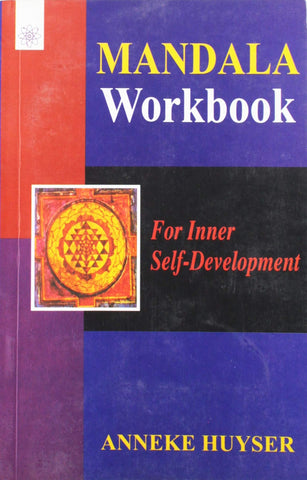Your cart is empty now.
Buddhist Monastic Discipline contains two significant Buddhist monastic disciplinary texts-the Sanskrit Pratimoksa Sutras of the Mahasamghikas and Mulasarvastivadins-for the first time, translated into English. They are printed on facing pages for ease of comparison. One of the texts is that of a very early Buddhist school first appearing in the 4th century BCE, and the other is one not mentioned in the records until the 7th century CE. The contrasting texts thus highlight the development of Buddhist sectarian practices.
Two introductory chapters precede the translated Sutras. The first gives an overview of the rise of Buddhist monasticism; analyzes Vinaya, that portion of the Buddhist canon regulating the life of monks and nuns; and provisionally identifies the problematics inherent in Pratimoksa study, pointing the way to needed research. The second chapter describes how the two translated Sutras were found and edited.
The translated texts are thoroughly annotated, often highlighting hitherto unknown grammatical variants in Buddhist Hybrid Sanskrit, and are followed by a concordance table of Bhiksu Pratimoksa Sutras preserved in Indic languages and by a selected bibliography.
Charles S. Prebish is Professor of Religious Studies in the Religious Studies Program at the Pennsylvania State University. He has published fourteen books and more than fifty articled and chapters. He is a past officer in the International Association of Buddhist Studies, and former Co-Chair of the Buddhist Group of the American Academy of Religion.
He is Co-Editor of the Journal of Buddhist Ethics, the first electronic journal in Buddhist Studies, and Editor Emeritus of the Journal of Global Buddhism. He is also Co-Editor of the Critical Studies in Buddhism series published by Routledge Curzon.
At the outset, this book was intended to be constituted of translations, with a brief introductory exposition, of the Sanskrit Pratimoksa Sutras of the Mahasamghika and Mulasarvastivadin Schools of Buddhism, deemed worthy of attention primarily because they superseded reliance on the Chinese translations of Sanskrit Buddhist texts and a careful delineation of the meaning of Pratimoksa in Buddhist texts and a careful delineation of the meaning of Pratimoksa in Buddhist monastic discipline. As the preparation of the translations proceeded, two supervenient problems became ostensible. First, and with but few exceptions, scholars writing on Buddhism have manifestly avoided presenting anything more than a bare, rudimentary explanation of the structure and contents of the Pratimoksa. Second, the two texts under consideration were discovered to be in fact, considerably heterogeneous with regard to several motifs. Toward a resolution of these problems, Chapter I attempts to define the structure and contents of the Pratimoksa in the overall context of the rise of Buddhist monasticism. Since the Pratimoksa, as we have it today, reflects the ritual format in which it was applied, the ritualization process is also examined, with the hope of uncovering the usefulness of the Buddhist monks (and nuns). The notes to the translations attempt to uncover bits of diversity in the two texts (such as how the manuscripts were obtained, edited, and translated), a concordance table comparing the two texts translated with other Pratimoksa texts preserved in Indic languages, and a sorely needed bibliography. Thus my original intention remains firm, and with the addition of the Mahasamghika and Mahasamghika, and Mulasarvastivadin schools in their original languages. It is hoped that by a careful reading of the Pratimoksa, augmented by an understanding of the role of monastic discipline in Buddhist life, we can further our picture of the early Buddhist situation.
The research for this book was carried out under the auspices of a Ford Foundation Fellowship, administered by the University of Wisconsin. Initial thanks must go to Professor Stephan V. Beyer of the Department of South Asian Studies at the University of Wisconsin, who patiently read the manuscript, making many valuable suggestions and criticisms. For this important task, and for the many hours spent engaging in furious Buddhological nit-picking, I can only express my profound gratitude and warmest affections. For my wife, who patiently endured the last several years being united both to her husband and the slew of Vinaya texts strewn all over our home, and who, amidst excruciating outside pressures, provided the necessary balance to my life, I express not only my love, but also an unyielding respect. Finally, I am most deeply indebted to Professor Richard H. Robinson, who, although not surviving to share in the joy of its completion, was the motivating factor in this study. Richard infused into our academic and personal relationship, in addition to his monumental genius, the proper proportions of encouragement, reproval, and counsel, combined with a greater individual commitment than any fledgling Buddhologist had the right to expect from his learned master. Acknowledging Richard's contribution to both this study and Buddhology, I humbly dedicate my work to his memory.
The book presents the author's carefully done translations of the Pratimoksa texts of the Mahasanghika and ulasarvastivada sects on facing pages to facilitate comparison. Those interested in the study of the monastic practices of early Buddhism will find the book a helpful guide to their scholarly enterprise.
The book ends with a helpful concordance table comparing the two texts translated with other Pratimoksa texts preserved in Indic languages and a carefully prepared bibliography.
Journal of Indian Council Rita Gupta
Of Philosophical Research Dept. of Philosophy and Religion
Vol. XV, No. 2 Jan.-April 1998 Visva-Bharati University
The learned author has done extensive research. Hundreds of references and copious notes have been provided at the end of each chapter. A Concordance Table listing the keywords of the Pratimoksha Sutra preserved in Indic languages is found at the end of the book as appendix.
The author's service will be gratefully remembered for preserving to posterity the invaluable teachings of Buddha.
Vedanta Kesari Swami Abhiramananda
Vol. 84, Oct. 1997
Professor Prebish's translation follows as closely as possible the structure of the texts to preserve their ritualistic, formal, repetitive nature.
Journal of Asian Studies Donald K. Swearer
38, 2 (February 1979) Swarthmore College
Professor Prebish presents
translations of the two texts
on facing pages, to facilitate comparison. The reader easily sees that the two texts differ only slightly except in the final and, presumably, later section containing minor rules pertaining to routine manastic practices.
Journal of the American Academy of Religion Roy C. Amore
44, 2 (June 1976) University of Windsor
| I | The Rise of Buddhist Monasticism: An Overview | 1 |
| II | The Sanskrit Pratimoksa Sutras of the Mahasamghikas and Mulasarvastivadins: A Preview | 34 |
| III | The Sanskrit Pratimoksa of the Mahasamghikas and Mulasarvastivadins: Translations | 41 |
| Appendix: | Concordance Table: Bhiksu Pratimoksa Sutras Preserved in Indic Languages | 140 |
| Bibliography | 151 |
Delivery and Shipping Policy
- INTERNATIONAL SHIPPING
- Rs.1000-1100/kg
- ESTD. Delivery Time: 2-3 weeks (depending on location)
- Bubble Wrapped with Extra Padding
- NATIONAL SHIPPING
- NCR: Rs. 30/half kg
- Standard: Rs. 80/half kg
- Express shipments also available on Request
- ESTD. Delivery Time: Ranging from 1-4 days up to 7 business days (Depending on your choice of Delivery)
- TRACKING
- All orders; national or international, will be provided with a Tracking ID to check the status of their respective orders
- Depending on the Shipping Service, Tracking ID may be used on their respective tracking portals
Frequently Asked Questions (FAQs)
Domestic Shipping: 3-4 Days (after shipping)
International Shipping: 1-2 weeks (based on your location)
You will receive an email once your order has been shipped or you can email us if you didn't receive tracking details (info@mlbd.co.in)
Every book that we sell is the latest edition except all the rare books
Yes, we do provide free shipping, only on domestic orders (within India) above Rs.1500



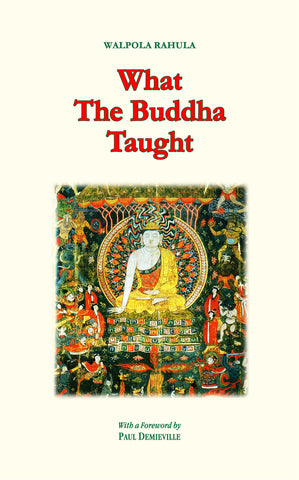
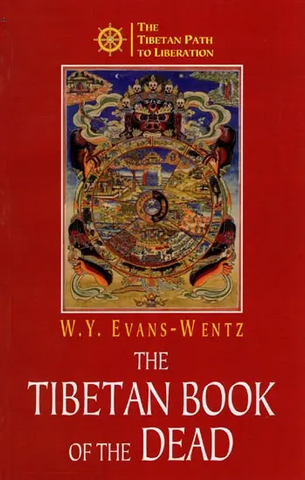
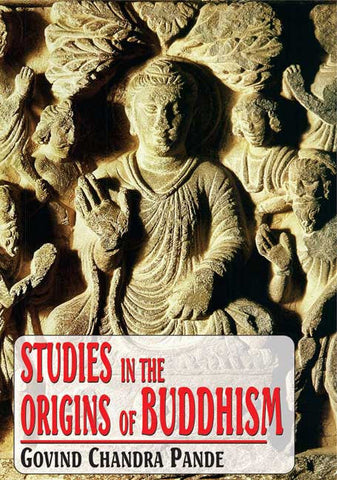
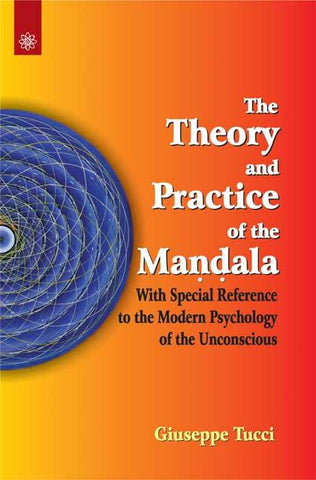
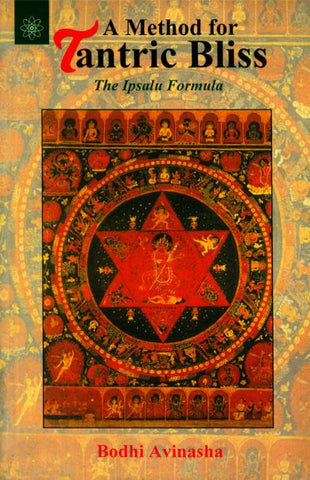
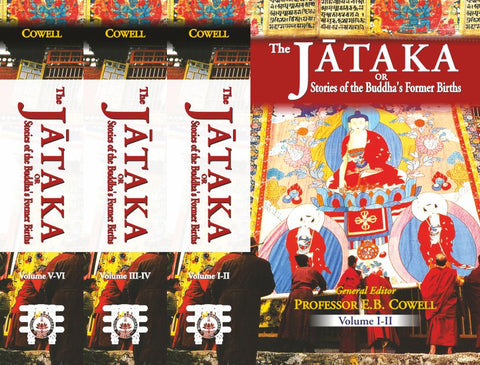
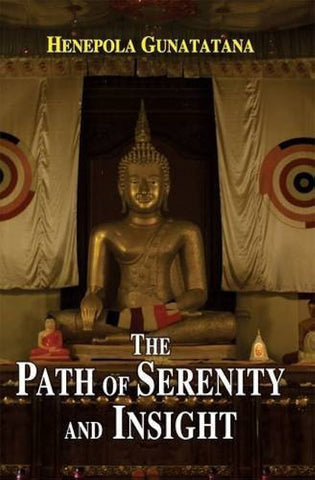
![The Rishukyo [Buddhica Britannica Vol.3]: The Sino-Japanese Tantric Prajnaparamita in 150 Verses (Amoghavajra's Version)](http://www.motilalbanarsidass.com/cdn/shop/products/RISHUKYO_large.jpg?v=1675417651)
